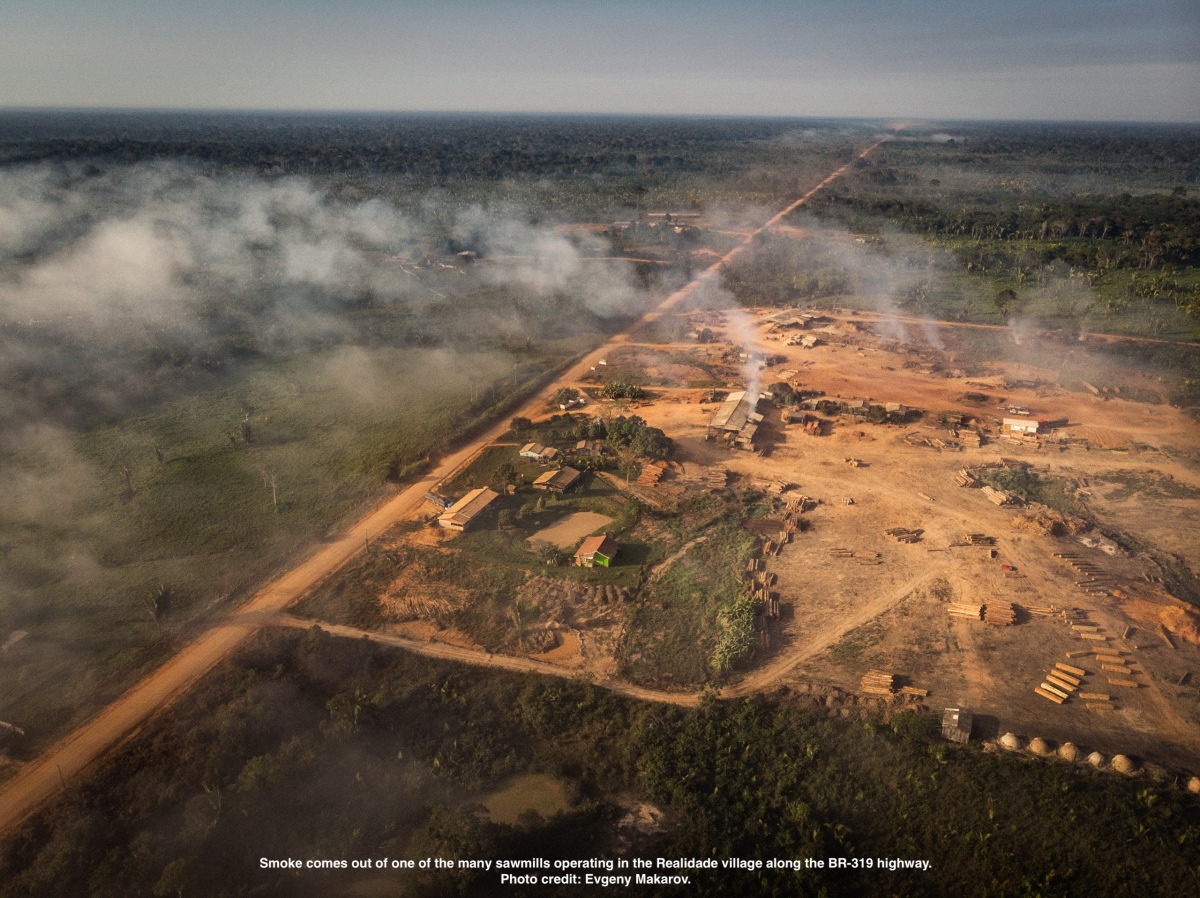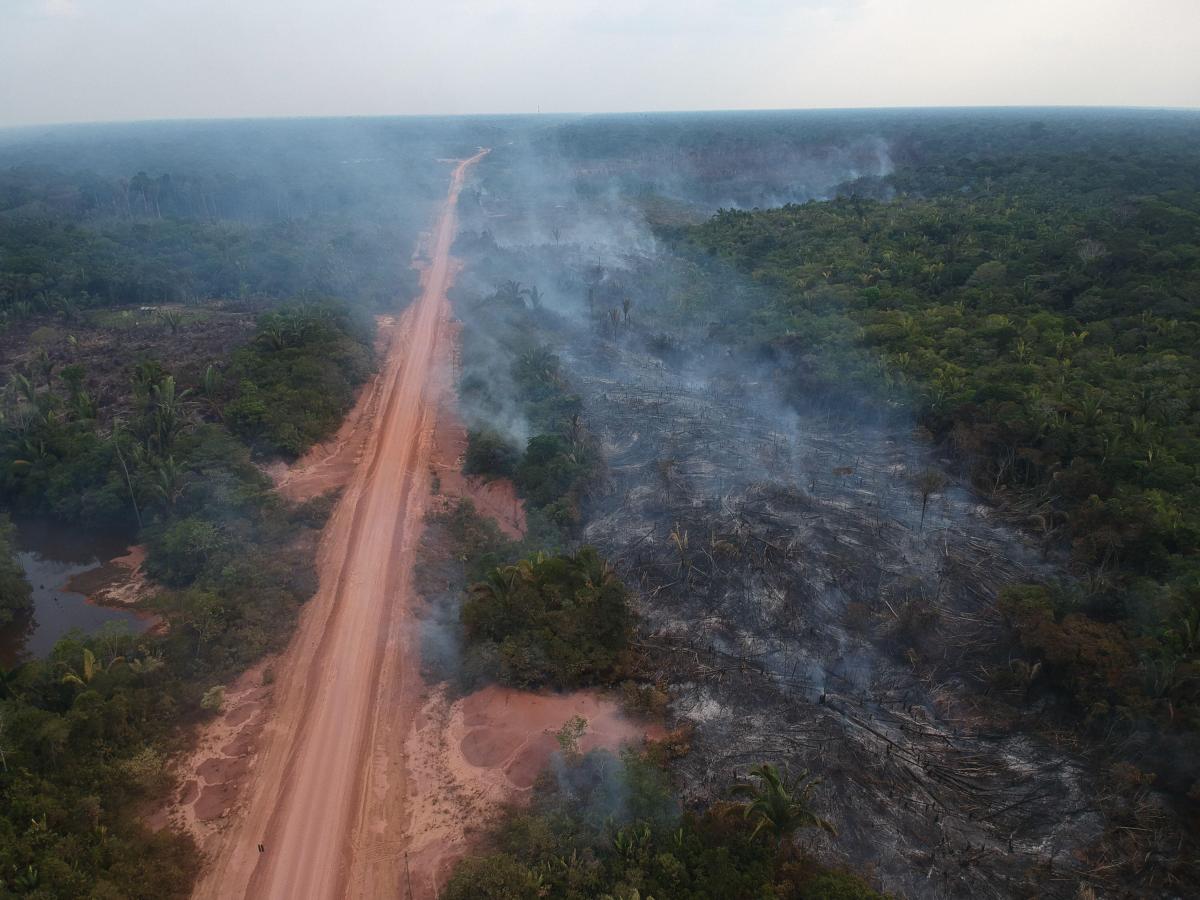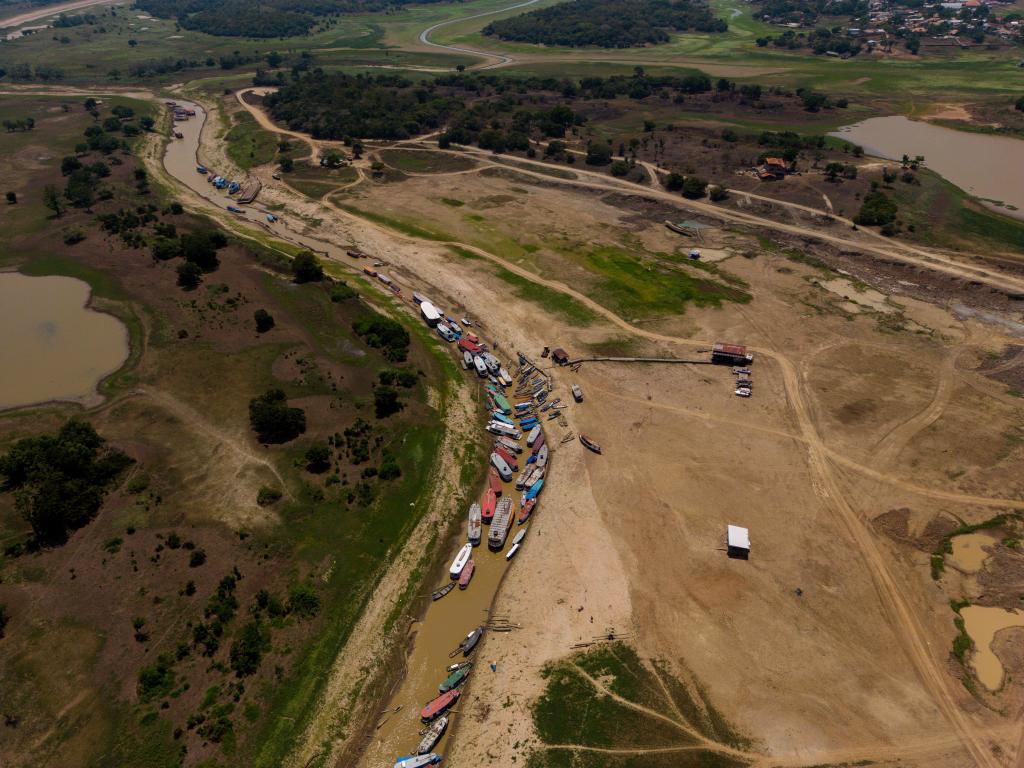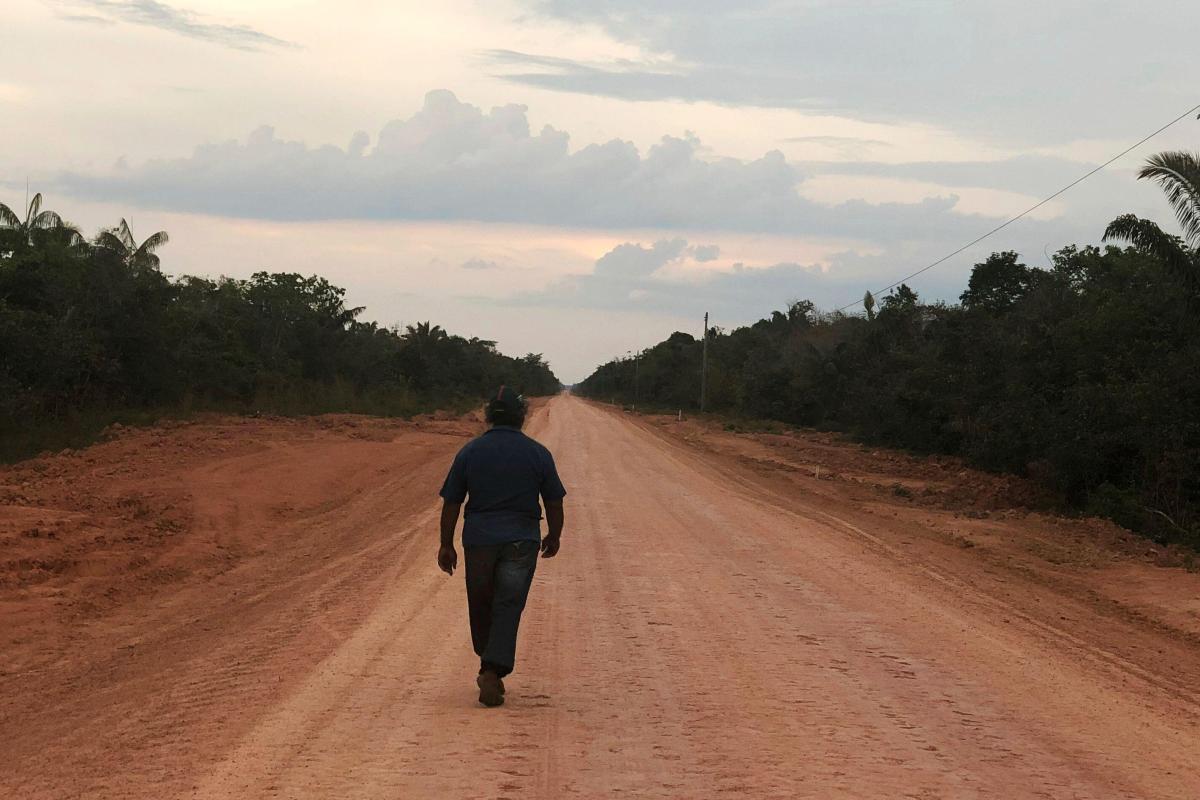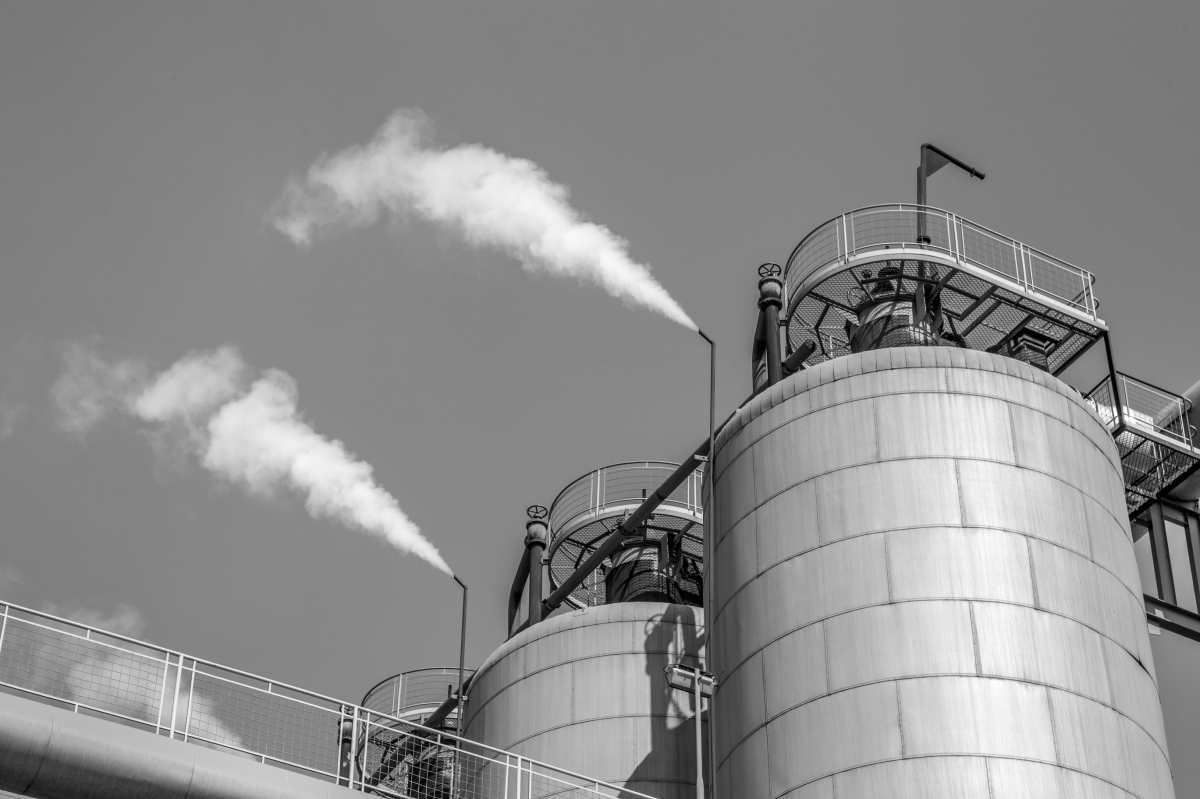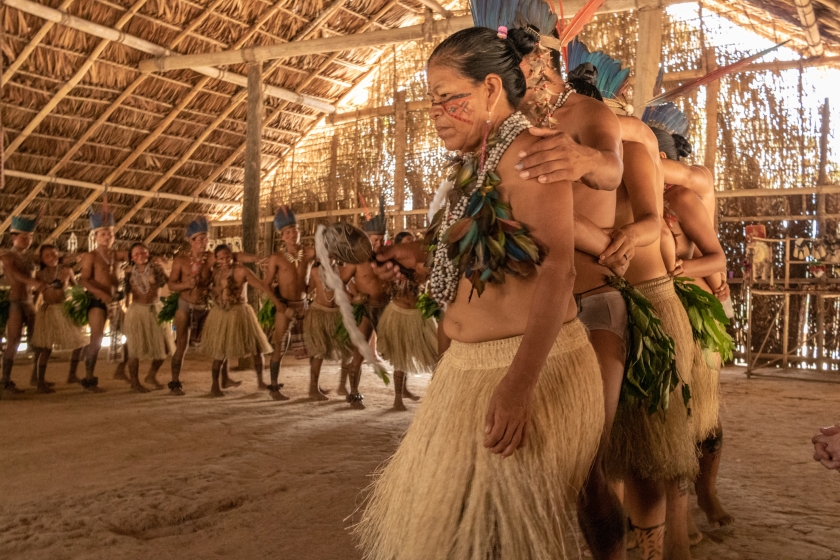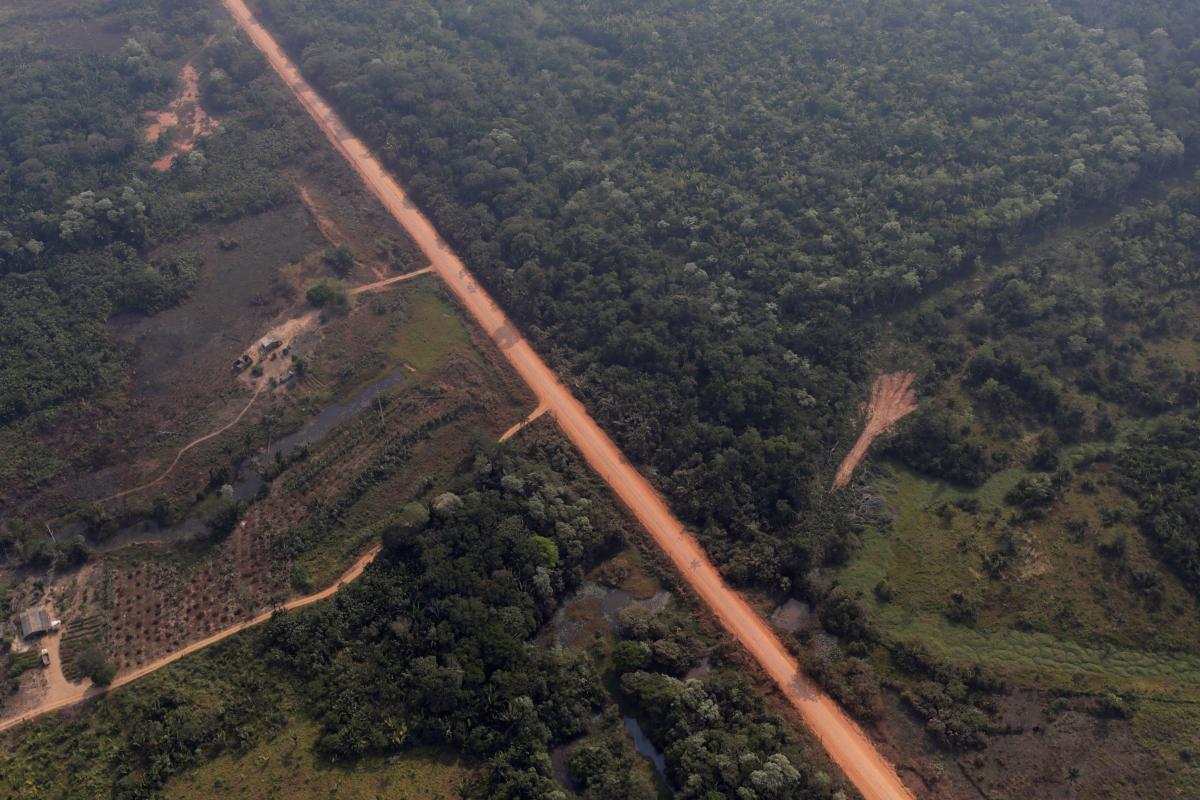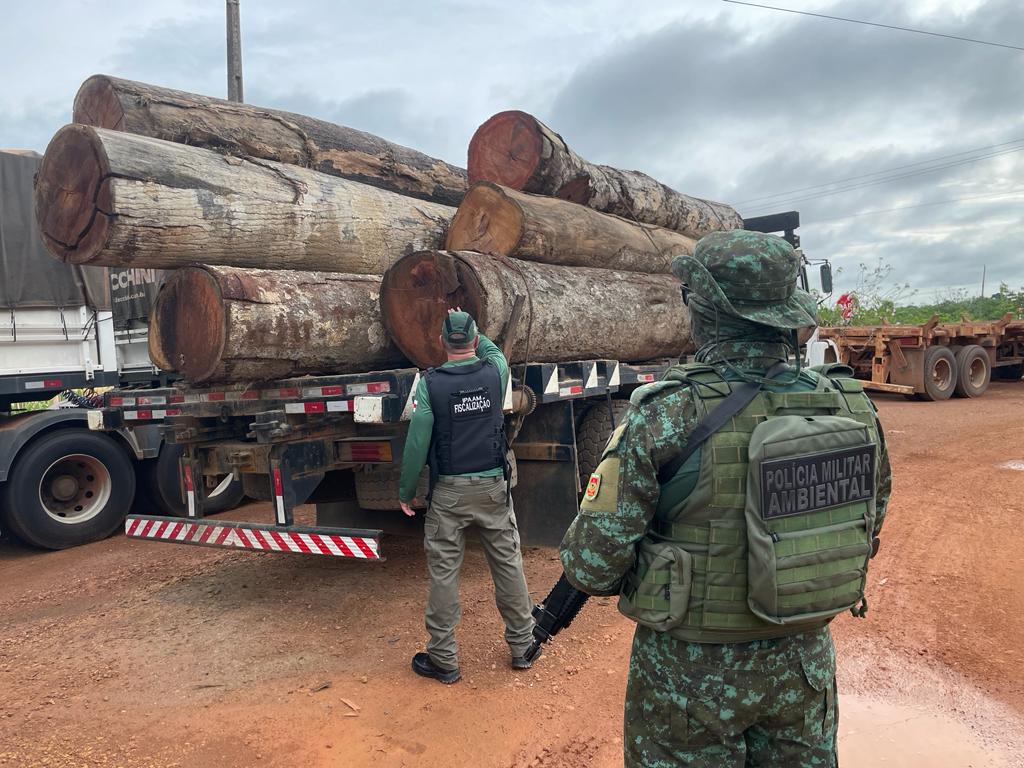March 6, 2024
Lucas Ferrante, researcher with a PhD in ecology from Brazil’s National Institute of Amazonian Research (INPA), has conducted multiple scientific studies uncovering the negative impacts of the BR-319 highway project on the Amazon rainforest.
The Amazon’s BR-319 highway, a stretch of 885.9 km, connects the central Amazonian capital, Manaus, to Porto Velho, on the southern edge of the forest. It passes through one of the most preserved blocks of the forest, where it contains an enormous stock of carbon. Ferrante’s research findings highlight the danger this project poses to 63 indigenous territories and 18,000 indigenous people, as well as to the environment, biodiversity, and the world climate.
Ferrante has consistently raised alarms about the irreversible repercussions that could result from paving the Amazon’s BR-319 highway, emphasising its potential for widespread deforestation, environmental degradation, biodiversity loss, impact on indigenous communities, and increase of illegal mining, logging, and organised crime.
Moreover, Ferrante highlights the risk of spreading infectious diseases and the potential emergence of a new pandemic and pushing the forest past a tipping point. Despite encountering numerous intimidations and threats, Ferrante remains firm in his commitment, refusing to be silenced.
In a recent conversation with Ferrante, he shared his main concerns regarding the BR-319 highway project in the Amazon region.
Given the severe drought observed last year in the Amazon due to climate change, the El Niño phenomenon, deforestation, and environmental degradation, what are the expected climate consequences of paving the BR-319 highway in the Amazon, in Brazil and globally?
The Amazon rainforest is of vital importance in maintaining hydrological cycles that regulate global climate and influence precipitation patterns in the southern and south-eastern regions of Brazil, Argentina, Paraguay, and Uruguay.
Paving the BR-319 highway could lead to deforestation shifting towards the untouched and conserved central Amazon, triggering a climate collapse within the biome and an unparalleled biodiversity crisis.
Carbon emissions resulting from deforestation and the subsequent deterioration of forest ecosystems would cause significant and irreversible consequences for the planet. This project poses a critical risk of pushing the Earth beyond the brink of climate collapse, particularly by facilitating access to oil exploration sites in the Amazon, thereby exacerbating global emissions. The result of this damage will be reverberated across the planet.
What are the potential risks and impacts on the Amazon rainforest, Brazil, and the world if the BR-319 highway is paved?
Besides deforestation, there’s an unprecedented decline in biodiversity and significant effects on both local and global climates due to the highway. Moreover, it directly affects 18,000 indigenous people, leading to violations of their civil rights. This represents the most extensive occurrence of indigenous rights violations globally, happening in the 21st century amidst the internet age, without proper reporting.
Invaders of indigenous territories have weaponised the Covid-19 pandemic, resulting in a devastating impact on populations. This has led to indigenous mortality rates being three times higher than those of non-indigenous people.
A hidden genocide is underway, previously overlooked by the government of former president, Jair Bolsonaro, and now President Lula’s administration. This lack of acknowledgment persists as the current government aims to facilitate oil exploration in the region.
Furthermore, the Amazon rainforest is the largest reservoir of beta coronavirus and zoonoses in the world. Forest degradation, the human presence, and greater mobility in this region can lead to zoonotic leaps where diseases stored in the forest can jump to humans, potentially sparking a fresh global pandemic or a series of them. This concern is particularly pronounced due to the proximity of Manaus, a metropolis housing over two million people, where rampant community transmission and the emergence of the highly lethal Gamma variant of Covid-19 took place.
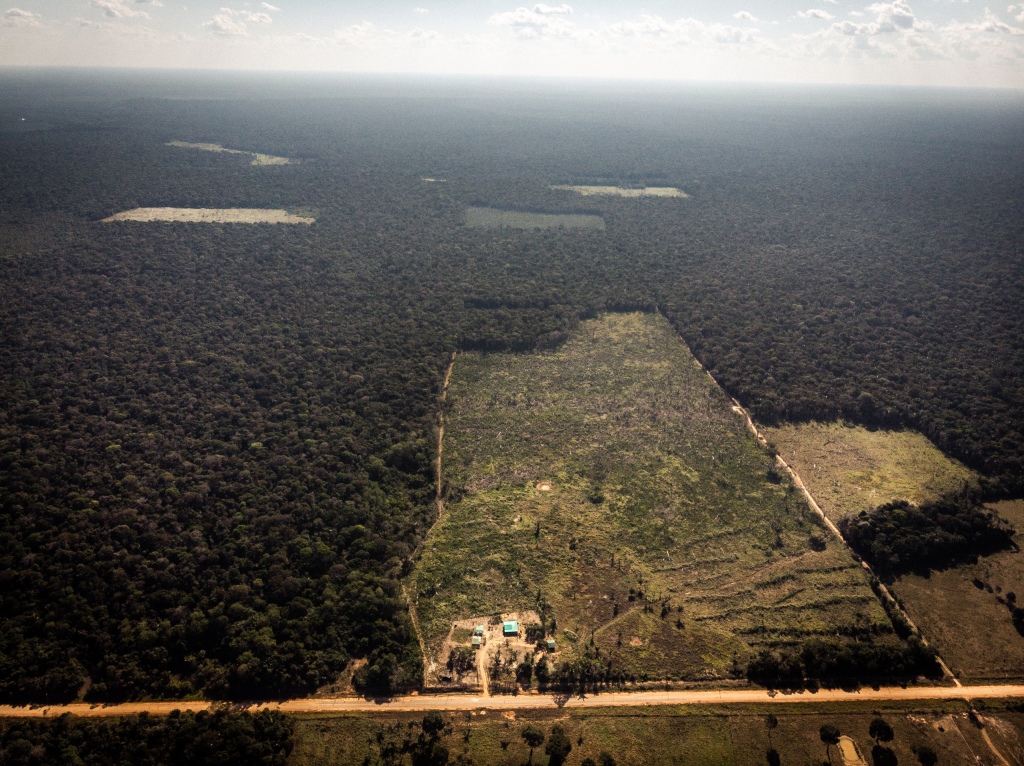
It is important to highlight that the region lacks capability to issue an epidemiological alert for a pandemic originating within it. An example of this is the Covid-19 Gamma variant, which was identified only after crossing the Brazilian borders and spreading globally, with the first case detected in Japan.
We are at the brink of a potential new pandemic scenario, and the alterations in climate resulting from the construction of the BR-319 highway could still provide favourable conditions for these pathogens. We are on the verge of a new global situation, yet Brazilian authorities are showing negligence in addressing this matter.
The highway is contributing to the strengthening of international organised crime, which has expanded its operations beyond drug trafficking to include activities such as gold mining and land grabbing in the region.
What justifications does the Brazilian government provide for paving the BR-319 highway, and how valid are they?
The highway is not justified from an economic point of view, it lacks an economic feasibility study, known as the EVTA, stipulated by Law 5917/1973. Additionally, the BR-319 highway project failed to conduct the essential consultations with the indigenous communities, required both by the International Labour Organisation (ILO) Convention 169 and the Brazilian law 10,088/2019.
The primary transportation route in the area has traditionally been via the Madeira River, offering cost-effectiveness, safety, cleanliness, and efficiency compared to the BR-319 highway. However, the government is motivated to expand mining operations, industrial agriculture, and livestock farming in the region, as well as facilitate access to large areas for oil and gas exploration.
Brazil’s president Lula presented a “green” speech at COP28, but it seems to be pure greenwashing. Our study published in Nature reveals his genuine intentions, which focuses on ramping up fossil fuel exploration. He has given priority to the BR-319 highway project and has already auctioned off 21 oil exploration blocks in the region. Some companies, including those from Russia and China, are targeting the area, and their political alliances have strengthened these initiatives.
Numerous politicians have shown their support behind the initiative to reconstruct the BR-319 highway, desperately seeking to justify its significance for the region. They have resorted to unfounded arguments, such as associating it to the oxygen crisis in Manaus during the second wave of the Covid-19 pandemic. They claim that with the road in operation, oxygen could have been rapidly transported to the region. However, this assertion lacks credibility, as my research had already alerted about the second wave six months earlier.
What’s Lula’s government’s approach to paving the BR-319 highway? Does he support this project?
Lula fully supports the reconstruction of the BR-319 highway, along with the exploration of oil and gas reserves in the area.
On February 1st, Brazil’s vice-president, Geraldo Alckmin, visited Manaus and stated that the government has been actively prioritising the paving of the BR-319 highway. However, his claim that the highway will be a sustainable project and that deforestation will not occur is misleading.
In his speech, he referenced the Atlantic Forest as a model for sustainability to follow. However, only 8% of the original Atlantic Forest biome remains, with more than 97% existing as fragmented forests, each covering less than 50 hectares. Roads and highways play a significant role in the degradation of the region.
Taking the Atlantic Forest scenario serves as a model for the government’s intentions regarding the Amazon. However, if this path persists, it may accelerate the collapse of the biome and the surrounding environment, with far-reaching consequences for global climate patterns. It’s clear that Lula’s government is not prioritising environmental and climate concerns with the necessary urgency.
What are your impressions regarding the proposal put forth on December 18, 2023, concerning bill PL 4994/2023, which aims to designate the BR-319 highway as a “critical infrastructure essential to national security”, requiring the expedited licensing of the project and immediate allocation of funds?
At this crucial point, the chamber of deputies has passed a bill designating the BR-319 highway as “critical infrastructure essential to national security.” However, the assertion regarding national security is unfounded, given that the highway has no border connections. A military general has already affirmed that the BR-319 highway does not present any national security risks.
Moreover, our research findings reveals that the BR-319 highway lacks significance as a critical infrastructure project, favouring instead the transport route via the Madeira River. Nevertheless, this legislation disregards environmental licensing procedures and the rights of indigenous communities. Additionally, it’s concerning that the Amazon Fund, designated for environmental preservation, may be allocated to pave the highway, contradicting its purpose, as the highway’s construction promotes deforestation.
As a scientist with multiple studies published in prestigious scientific journals worldwide, what types of retaliation, intimidation, and threats have you been facing due to your research and for expressing concerns about the paving of the BR-319 highway?
Despite facing relentless assaults from politicians and land grabbers, along with death threats and two additional attacks, my firm dedication remains focused on bringing the attention to the impacts of the reconstruction of the BR-319 highway.
This is not merely a road project; it represents a battle against catastrophic and irreversible consequences. Should this road be reconstructed, it will alter our world irreversibly, leading us down a road to ruin.
We can expect an era marked by extreme weather events and pandemics, making it essential for the global population to engage. This project will impact every reader, irrespective of their location, so I sincerely invite everyone to unite in this cause.
What message would you like to convey to the Brazilian and foreign governments, Brazilian and global communities, local and international NGOs, corporations, and agencies?
As outlined in our research, which appeared in the January 30 issue of Nature magazine, safeguarding the environment is a decision based on science and should not be subject to discussion.
This project is a global effort since its ramifications will be felt worldwide. It represents the primary environmental initiative presently, given its capacity to reshape our planet, be it through significant climate repercussions or the global health risks arising from the release of novel diseases stored within forests.
Every scientific investigation indicates the infeasibility of paving the BR-319 highway, given its adverse economic, social, health, and environmental effects, which will impact the global population. We must follow scientific recommendations and not negotiate the future of the planet.
If you’d like to contribute to Lucas Ferrante’s efforts to halt the progress of this project, which includes backing his scientific research, please kindly click here.

